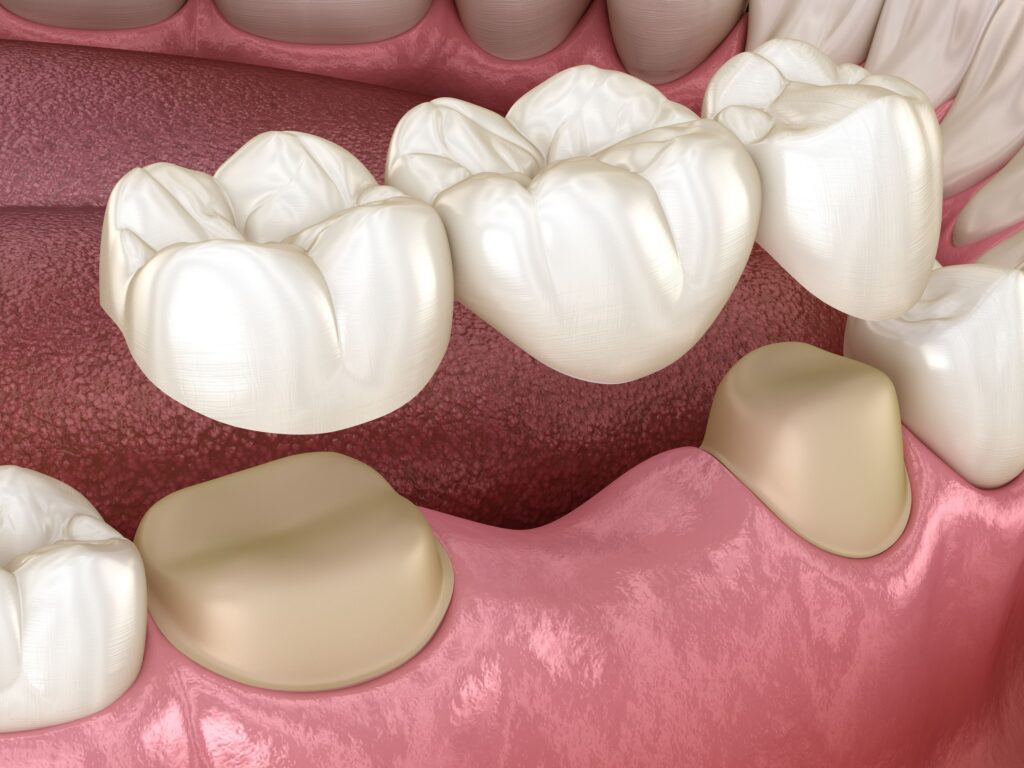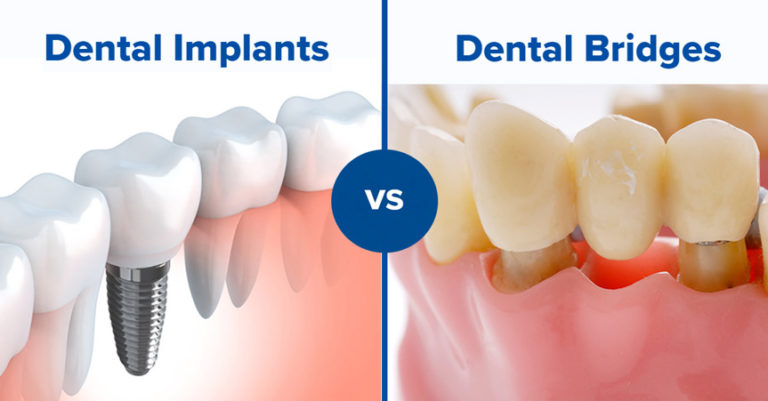Dental Bridge
Restore Function, Form & Confidence
Why Replace Missing Teeth?
Gaps not only affect your smile—they can lead to shifting teeth, bite problems, and even gum or TMJ issues. A custom‑designed dental bridge seamlessly fills those spaces, protecting your oral health and giving you back the full freedom to eat, speak, and smile without hesitation.
Key Benefits of a Dental Bridge
- Natural Appearance: Porcelain or ceramic pontics match your surrounding teeth for a flawless look.
- Restored Function: Chew, speak, and laugh with confidence—just like before.
- Facial Contouring: Maintain your facial structure and prevent the “sunken” look that missing teeth can cause.
- Even Bite Forces: Distribute chewing pressure properly to avoid overloading neighboring teeth.
- Drift Prevention: Anchor your remaining teeth and keep them from shifting into empty spaces.
Your Dental Bridge Journey
- Comprehensive Consultation
We’ll assess your bite, take X‑rays, and discuss materials and options tailored to your smile. - Tooth Preparation
Abutment teeth are gently shaped to receive custom crowns. - Impressions & Design
Digital scans capture precise details; your bridge is crafted in a trusted dental lab. - Trial Fitting
We verify fit, comfort, and shade before finalizing your restoration. - Permanent Placement
Your bridge is securely cemented in place—ready to function as a natural part of your smile. - Ongoing Care
Routine check‑ups and proper hygiene keep your bridge—and the rest of your teeth—healthy for years to come.
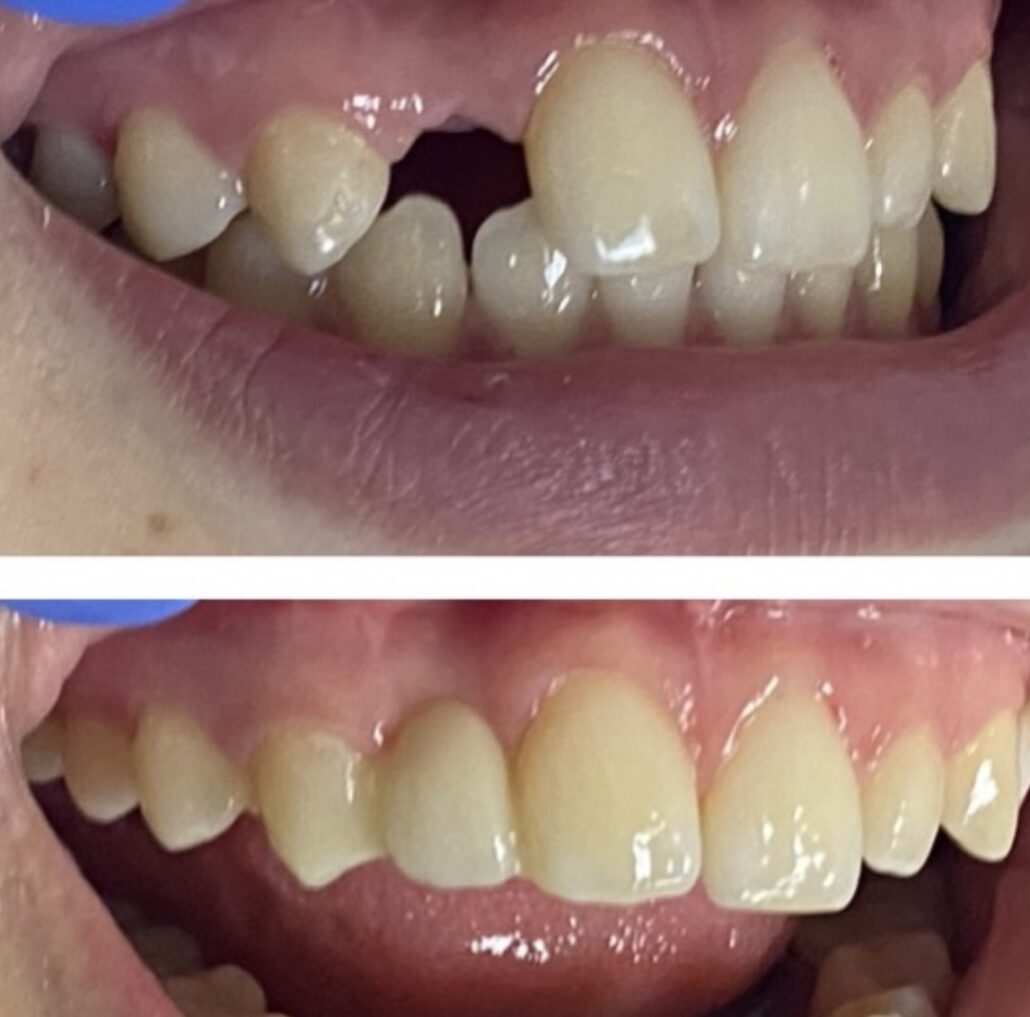
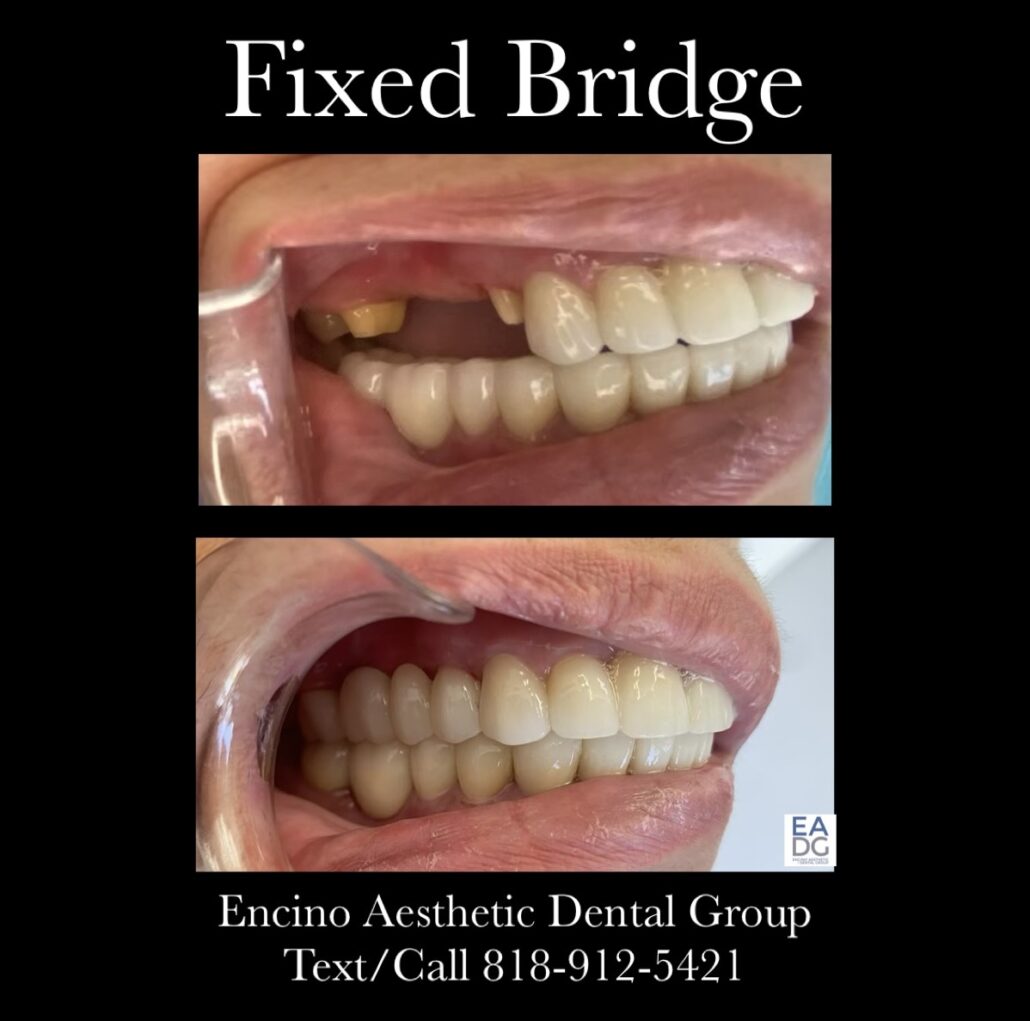
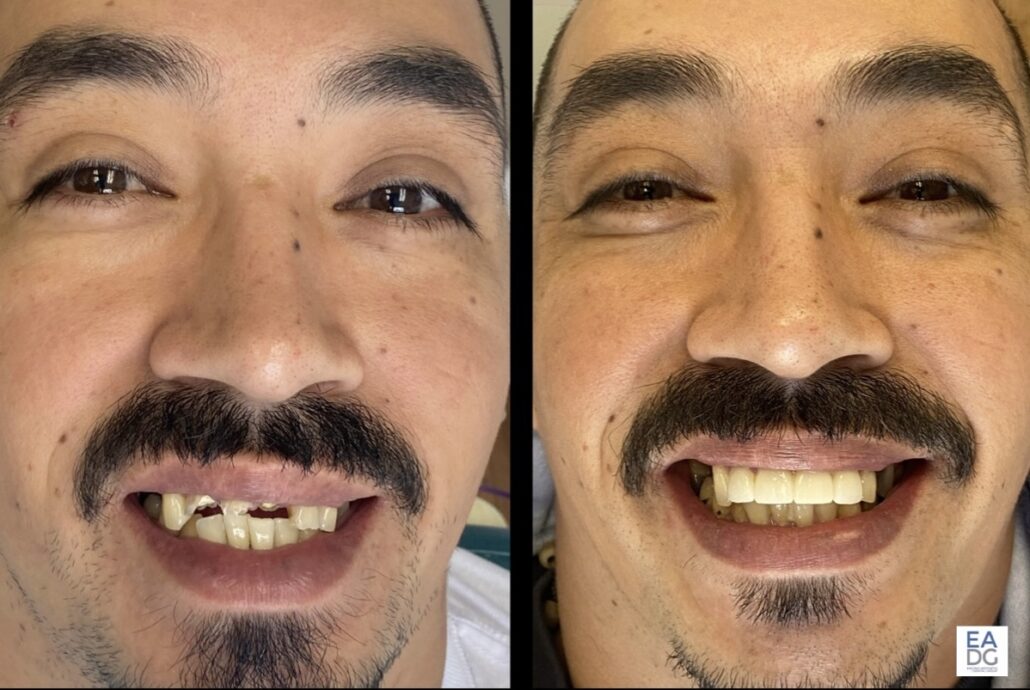

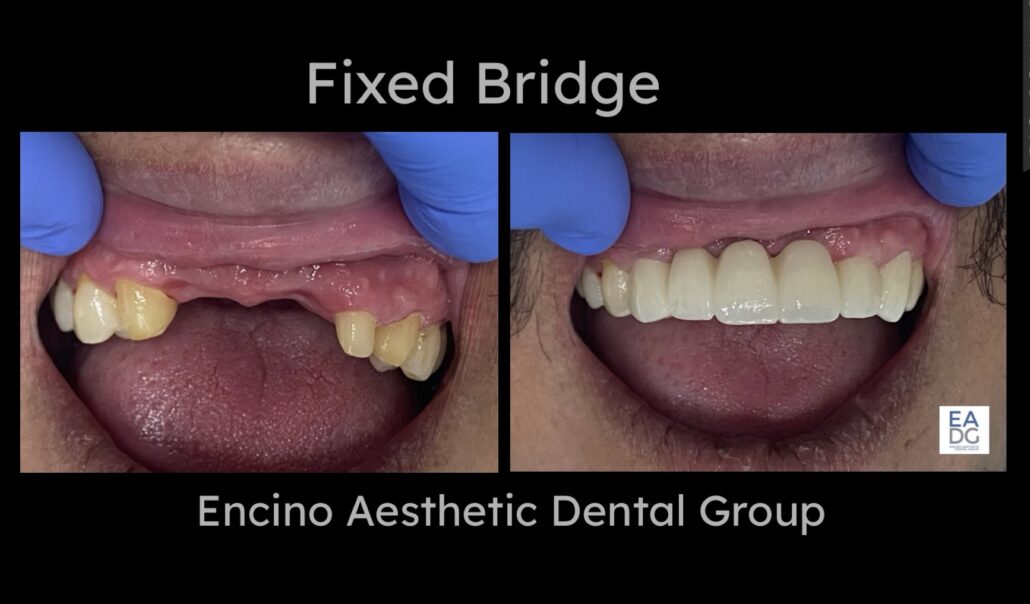

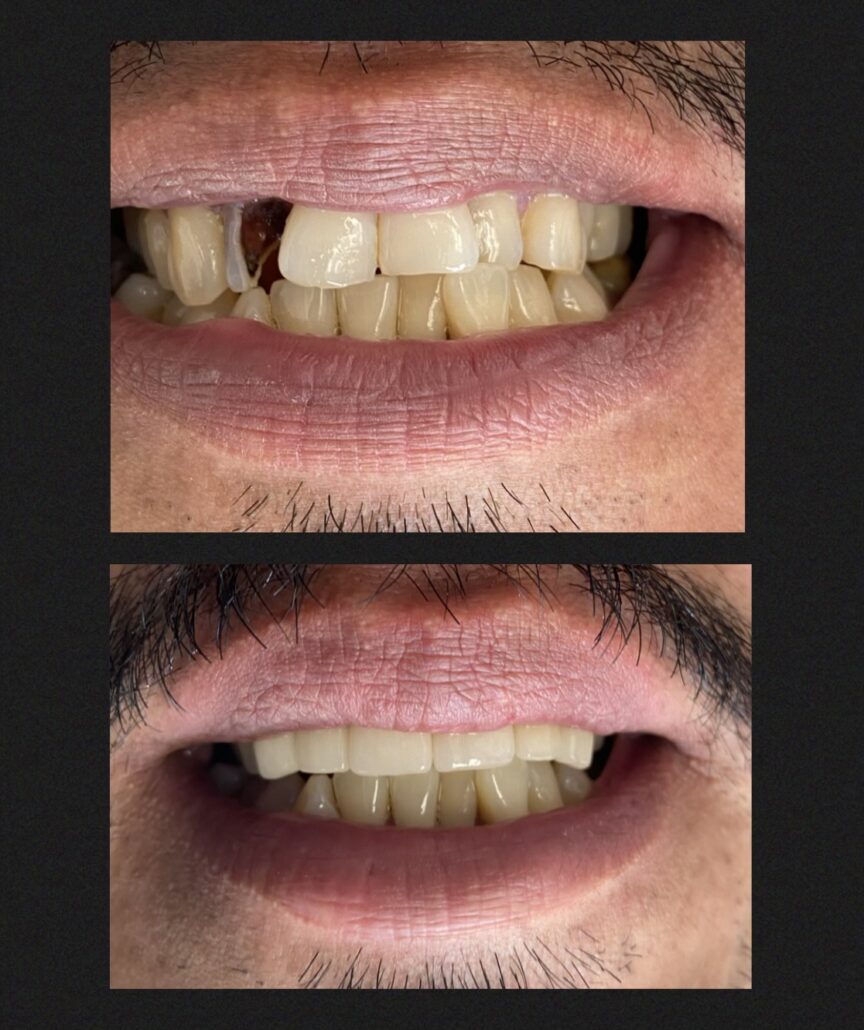

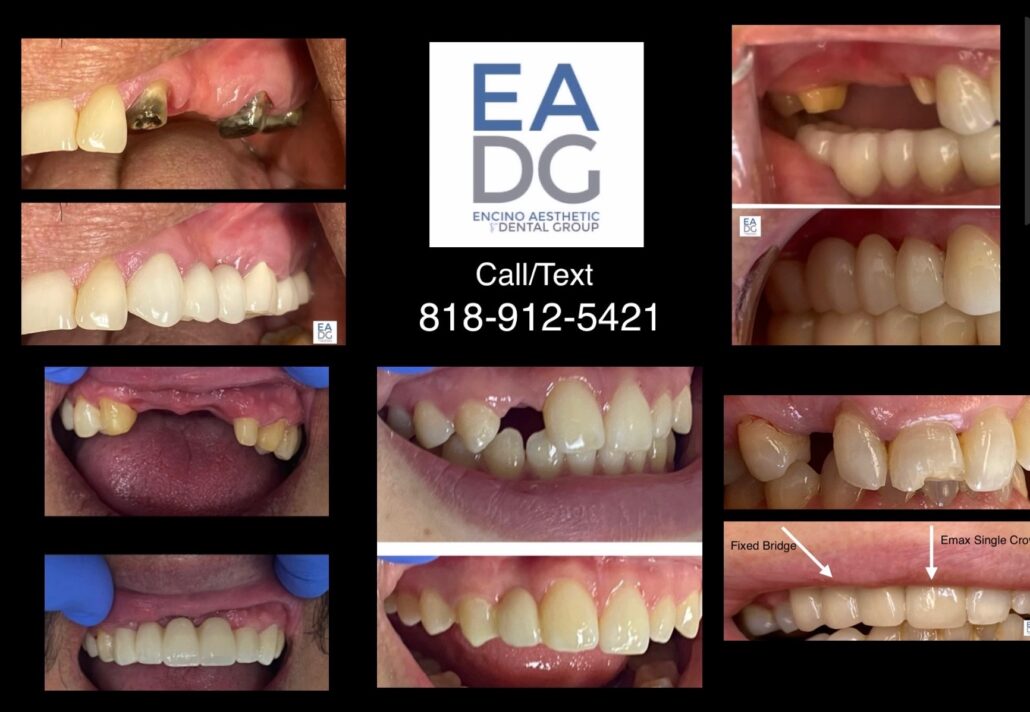

New Patient Special
Complimentary Bridge Consultation & 15% Off Treatment
Take advantage of our limited‑time offer for new patients:
✔️ Free, no‑obligation consultation
✔️ Personalized treatment plan and cost estimate
✔️ Special savings on your bridge restoration
📞 Call today to reserve your appointment: 818‑990‑6659
Have questions? We’re happy to help at no charge—reach out and let’s get you smiling again!
© 2025 Encino Aesthetic Dental Group. All Rights Reserved. Designed by Web Brilliant.

